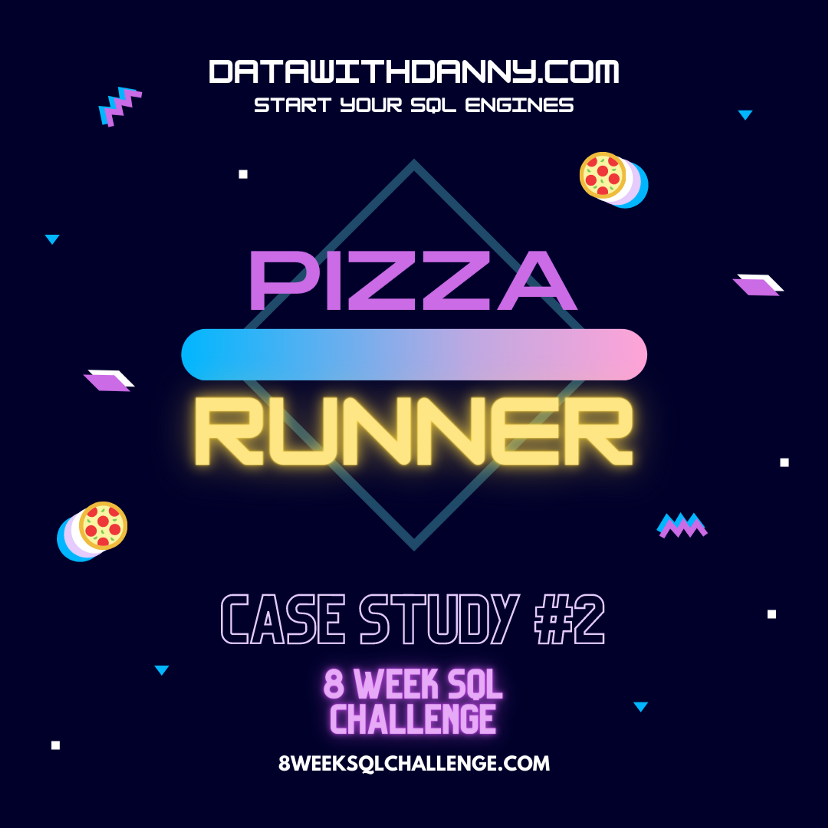
This is a descriptive sales dashboard for a toy manufacturing company in Mexico. This tool allows the user to
filter down sales metrics for all 50 stores in the country. Important metrics are highlighted in graphs such as
a sales time-series graph, sales by department, and the top 5 profitable and selling products. This dashboard
enables the user to understand sales trends over time, departments and products sales performance, as well as
identify potential flaws in the company's sales strategy.

The Capstone Project for the Google Data Analytics Professional Certificate aimed to delve into the differences
between members and non-members of a hypothetical bike-share company called Cyclistic. The objective was to
identify ways to attract more customers to the company. The data for the project was sourced from multiple
CSV files, comprising a total of over 9 million records. Python was utilized to process and clean the data,
resulting in a comprehensive and unique dataset. Finally, insights were extracted through the creation of a
Tableau dashboard.

For this project, the US Mass Shootings public Kaggle
dataset was utilized. The data underwent cleaning and transformation through the use of Python. The cleaned data
was then brought into Tableau where a descriptive dashboard was created to display the
locations of mass shootings and accompanying statistics.

The objective of this project was to hone SQL skills. It was the first case study of the
#8weekschallenge series crafted by Danny Ma.
The challenge centered around a fictional restaurant named Danny's Diner, where SQL was employed to gain
insights into customer data. A variety of functions were employed, including JOIN clauses, aggregate and
window functions, a WHERE conditional clause, and common table expressions to obtain information from
multiple tables and address various queries.

Continuing the #8weekschallenge. This
is the second challenge of the
series, which was separated in 3 parts. This challenge is related to a pizza business called
Pizza Runner. In this first part (Part A), the task was to clean
the ordering system data and get different insights. Along with the SQL clauses and
functions used in the first challenge,
different SQL clauses were used, such as UPDATE SET and ALTER TABLE, to change data types and
update blank cells with NULL values. In addition,
some questions about pizza metrics were answered.

In the second part of the challenge, Part B and Part C, focused on answering questions about the
runners and customers' experience and optimizing pizza ingredients, respectively.

In the final and third part of the challenge, Part D, questions regarding pricing and rating
were addressed, as well as a bonus question.
Data cleaning, manipulation, exploration, and analysis, and machine learning model prediction
using Python.

In this project, the objective was to analyze an IBM employee dataset and construct a machine learning (ML) model
to predict employee attrition. The dataset was read, cleaned, and analyzed using the Python libraries Pandas,
Numpy, and Matplotlib. During the exploration phase, charts such as histograms, stacked bar charts, pie charts,
and bar charts were generated to gain initial insights from the data. Before applying the ML model, the dataset
underwent pre-processing with feature engineering techniques, including encoding categorical features with
dummy variables and scaling numerical variables. Two classification models were selected for this project:
Logistic Regression and Random Forest. The performance of these models was evaluated using Confusion Matrix
and AUC-ROC Curve techniques.

For this project, the dataset
used was created by Ian Klosowicz for his LinkedIn dashboard contest. The dataset had already been cleaned,
but additional columns were added using MySQL to enhance the level of detail in the analysis. The data
was then imported into Tableau where a descriptive analysis was created regarding the alien
population residing in the US.


